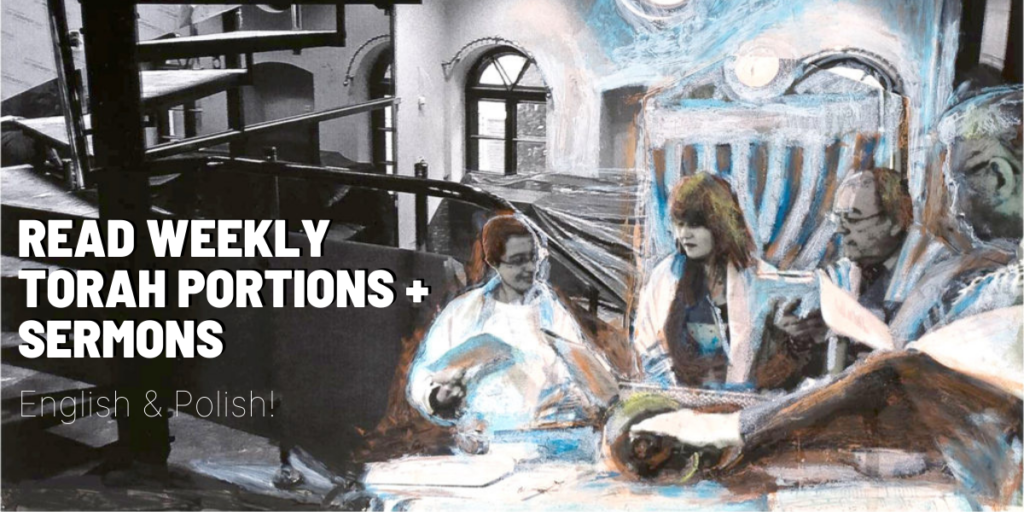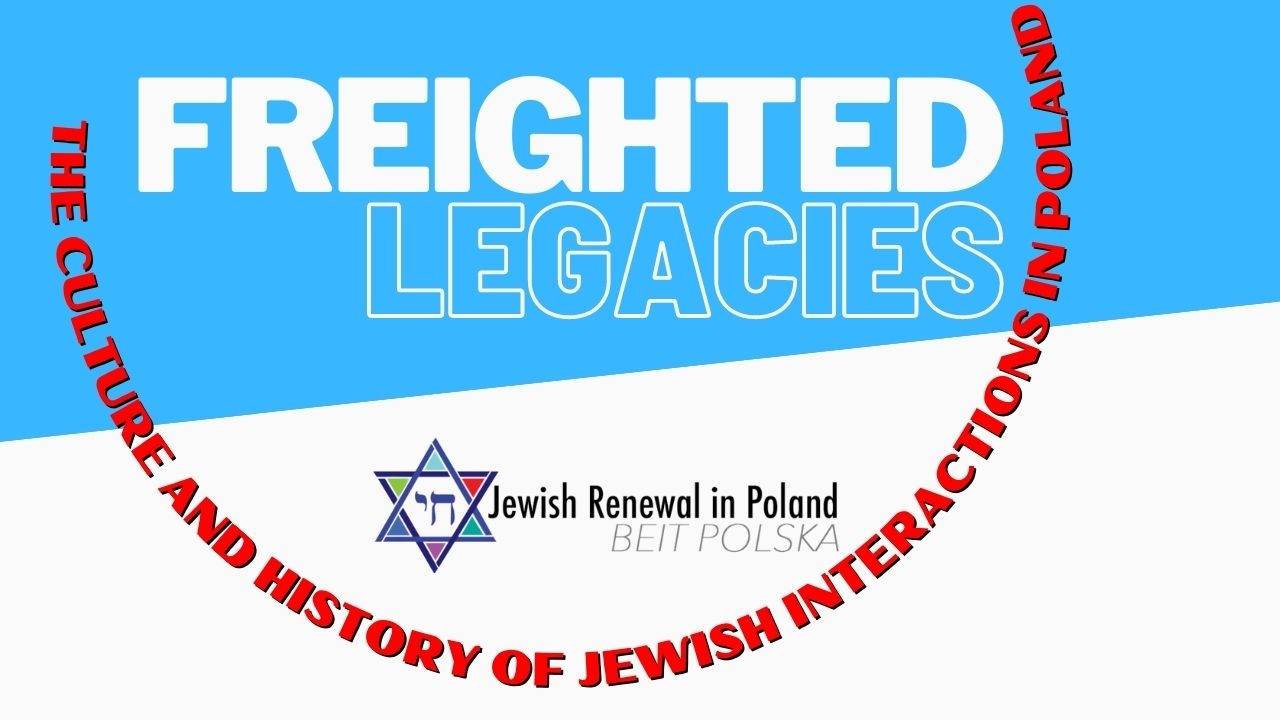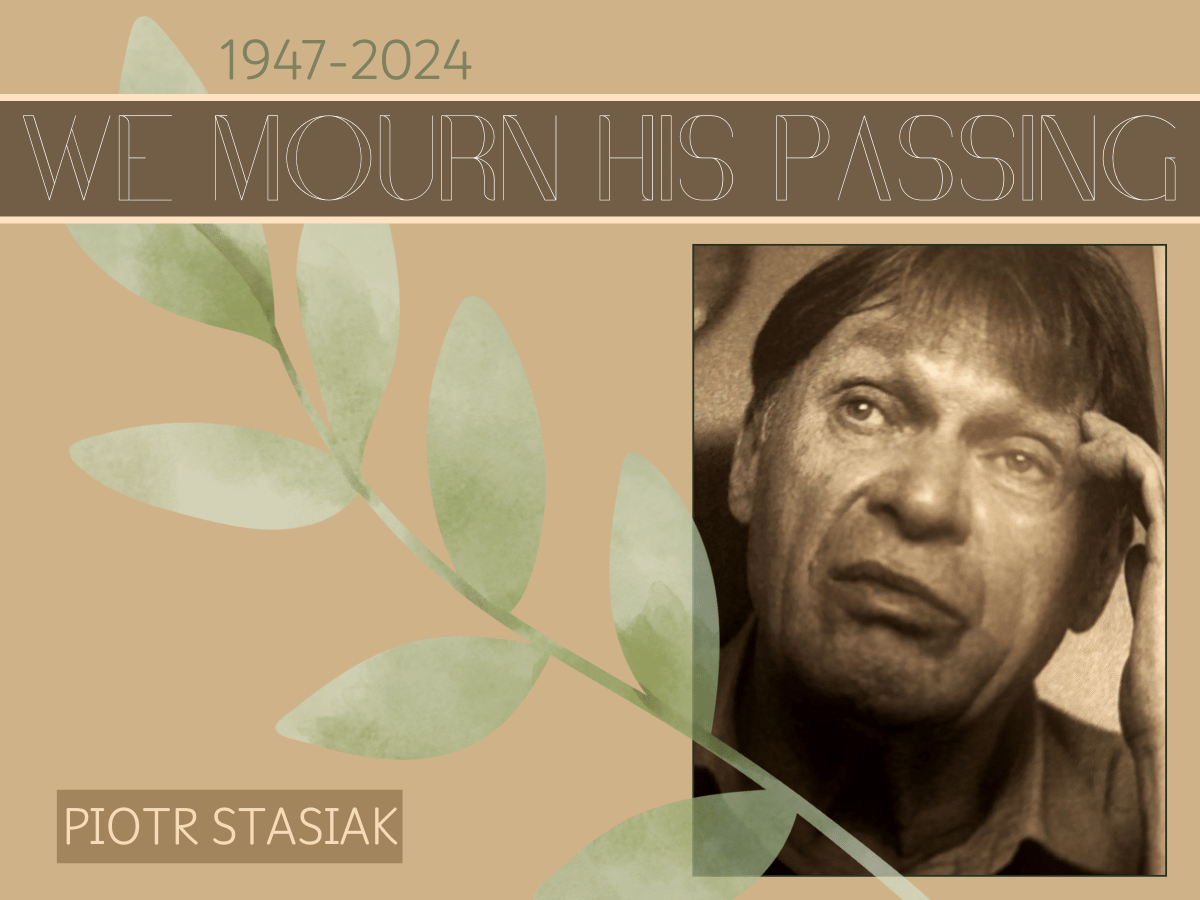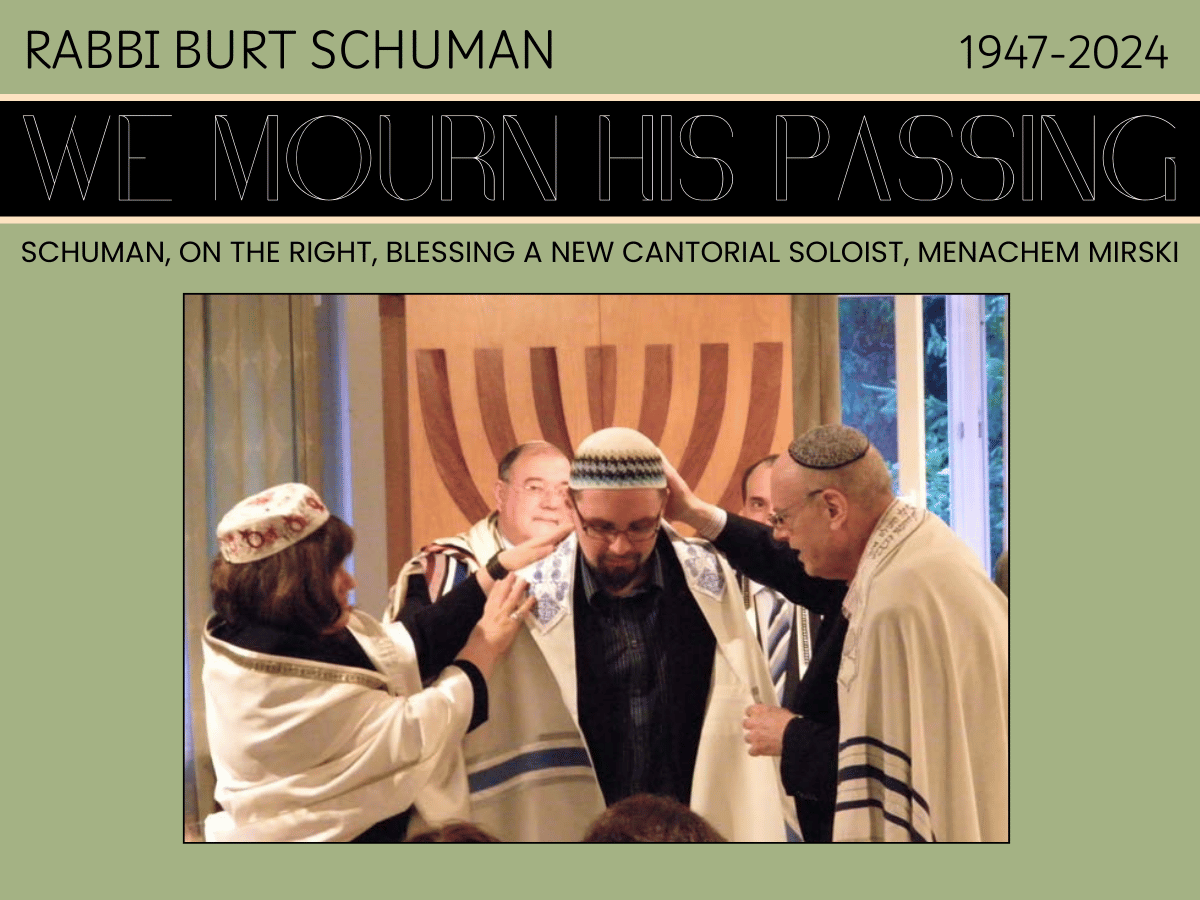“A little bit of light dispels a lot of darkness” Rabbi Shneur Zalman of Lyadi
15/1/16 When you have a chance, walk into this sanctuary, or any sanctuary when after the sun has set and the people have gone. There is a sense of peace and calm, and without the din of voices, the room is often quiet. But it is never fully dark. Even in an empty sanctuary there is always the ner tamid, the eternal light glowing dimly above the ark. Through the silent times and through all of the movement and change in our lives and the life of this community, the ner tamid remains, kind of like a silent friend who is always there delicately and calmly guiding us through it all.
As we make our way through the story of Exodus this week, we are reminded of the powerful ways that light has kept our lives and community strong. This week, we encounter the final of the ten plagues, locusts, darkness and the death of the first born. Each of these plagues works to motivate Pharaoh to let the Israelites free, and even as his heart is hardened through each plague, Pharaoh must nevertheless watch his people suffer through each of them. Yet it is the darkness that really takes hold of the Egyptians, and it is what eventually leads up to the final and most devastating of the plagues, the death of the first born. This darkness according to our text is not just a lack of light, but a purely overwhelming darkness, a physical, spiritual and emotional darkness which takes hold of the Egyptians like no other kind of suffering.
This was a thick darkness, a darkness that could be touched. In this darkness, as we read “people could not see one another, and for three days no one could get up from where they were”, but that also somehow “all of the Israelites enjoyed light in their dwellings” (Exodus 10:23). Our tradition teaches us that the Egyptians were not just experiencing physical darkness, but the deepest of spiritual darkness–the darkness of depression or being separated from their people, and the darkness of communal pain. Some have said that in these short three days they realized the true horror of what they had been going through with the plagues, or even that they had begun to recognize the ways that their lives depended on the enslavement of others. In this thickest of darkness, the Egyptians could not move, they lost track of time and place and they, those people made strong under the rule of Pharaoh, felt all alone.
Rashi, the great Torah commentator while not silent about the other plagues asks the reason only for the darkness, “Why did God bring darkness upon them?” This is a thick darkness that confuses all of the the other senses and makes human interaction, and even worse for Rashi, teshuva, repentance, impossible. Without the ability to get up, without the ability to see or hear one another–there is no longer the possibility for relationship and community, and this from the viewpoint of a Jew is an unbearable kind of suffering. As the commentaries hint at, the Egyptians may have been sitting in their houses, unable to not only get up, but also not knowing whether there was anyone left in the world at all. This was a darkness of solitude, and with nowhere else to turn they and their people started to fall apart.
Of course we know that each cycle of day and night always includes darkness, and it is no coincidence that it is during the night when that we most often sleep–shutting our eyes to the world around us, and unconsciously delving within to our own thoughts and dreams. The Talmud tells us that sleep is 1/60th of death, that it is a time when our physical bodies and our spiritual selves shut down. But the Talmud also tells us what happens when we wake up and see that first morning light. Birchot HaShachar, the morning prayers are recited at dawn. And how do we know when dawn is? Not when the sun rises, but according to the Talmud, when a person can recognize the face of a haver, a friend (Talmud Brachot 9b). Only when we can see other people and recognize them for the ways they are connected to us, does the darkness begin to fade away. And only then can we offer blessings.
In our community, as in very Jewish community, as the darkness settles on the world, we gather together for Shabbat to bless the joys of life, to take a moment to let go of the challenges, and to above all recognize each other. In the midst of the darkness, we light the Shabbat candles and gather the light reflected on each others faces. And then guided by this light, we wish each other a Good Shabbat as we make our way into the experience of Shabbat. As it says in the Torah, “and the Israelites enjoyed light in their dwellings” as the darkness descended on Egypt, we too continue to enjoy light through all the joys and the suffering taking place around us. The simple greeting of Shabbat Peace is a recognition of relationships and a reminder to the person whom we greet and to ourselves that we need each other, and that we are a community of individuals, waiting and needing to connect and bring light to each other’s lives.
Dwar Tora Bo
„Odrobina światła może rozproszyć gęstą ciemność” rabi Szneur Zalman z Ladów
15 stycznia 2016/5 szwat 5776 Jeśli będziecie mieć taką możliwość, wejdźcie do tej lub do dowolnej innej synagogi po zachodzie słońca, gdy wszyscy już wyjdą. W pomieszczeniu tym można wyczuć wówczas pewien spokój, bez zgiełku głosów panuje tam często cisza. Miejsce to nie jest jednak nigdy pogrążone w całkowitych ciemnościach. Nawet w pustej synagodze obecne jest zawsze ner tamid, wieczne światło tlące się słabym płomieniem ponad Arką. Poprzez różne momenty ciszy oraz poprzez wszelkie poruszenia i zmiany w naszym życiu oraz w życiu tej kongregacji, ner tamid pozostaje zawsze takie samo, niczym milczący przyjaciel, który zawsze dyskretnie nam towarzyszy i który ze spokojem prowadzi nas przez życie.
W tym tygodniu, gdy będziemy czytać o kolejnych etapach historii wyjścia z Egiptu, parasza Bo przypomni nam o ważnych sposobach, na jakie światło daje nam siłę w naszym życiu oraz w życiu naszej wspólnoty. Będziemy czytać o ostatnich z dziesięciu plag – o szarańczy, ciemnościach oraz o śmierci pierworodnych. Każda z nich miała przekonać faraona, aby wyzwolił Izraelitów. Za sprawą każdej kolejnej plagi serce faraona stawało się coraz twardsze, musiał on jednak patrzeć, jak jego lud cierpi w wyniku kolejnych nieszczęść. Najbardziej wstrząsnęła Egipcjanami właśnie ciemność, prowadząc następnie do ostatniej i najbardziej tragicznej w skutkach plagi – do śmierci pierworodnych. Jak czytamy, ciemność ta nie sprowadzała się jedynie do braku światła. Była to na wskroś przytłaczająca ciemność – fizyczny, duchowy i emocjonalny mrok, który wstrząsnął Egipcjanami bardziej niż którakolwiek z wcześniejszych plag.
Był to nieprzenikniony mrok, ciemność, której można było wręcz dotknąć. Jak czytamy, w tej ciemności „przez trzy dni nie widział jeden drugiego i nikt nie mógł wstać z miejsca swego”. Pomimo to: „wszyscy synowie izraelscy mieli światło w siedzibach swoich” (Wj 10, 23). Nasza tradycja uczy nas, że Egipcjanie doświadczyli ciemności nie tylko w sensie fizycznym, lecz również najgłębszych ciemności duchowych: mroku wynikającego z pogrążenia się w depresji lub z bycia odseparowanym od swojego ludu – mroku wspólnotowego cierpienia. Wedle niektórych komentatorów podczas tych trzech krótkich dni Egipcjanie uświadomili sobie prawdziwą grozę tego, co przeżywali w wyniku plag; być może zaczęli sobie również zdawać sprawę, że ich dotychczasowe życie opierało się na zniewoleniu innych. W tak gęstych ciemnościach nie byli w stanie się poruszać, zatracili poczucie czasu i miejsca. Egipcjanie, tak silni dzięki rządom faraona, poczuli się nagle całkowicie osamotnieni.
Raszi, wielki komentator Tory, choć opisuje również inne plagi, tylko w odniesieniu do plagi ciemności zadaje pytanie o jej powód: „Dlaczego Bóg sprowadził na nich ciemności?” Tak głęboki mrok prowadzi do zmylenia również wszystkich innych zmysłów i sprawia, że niemożliwe stają się interakcje międzyludzkie. Ponadto – co w przekonaniu Rasziego było jeszcze gorsze – niemożliwa staje się również tszuwa (skrucha). Gdy nie można wstać, gdy nie można ujrzeć ani usłyszeć drugiego człowieka – niemożliwe staje się nawiązywanie relacji z innymi oraz budowa wspólnoty. Z perspektywy Żyda/Żydówki jest to ogromne, niewyobrażalne nieszczęście. Jak sugerują komentatorzy, Egipcjanie siedzieli w domach i nie mogli wstać, być może nie wiedzieli też, czy ktokolwiek inny pozostał jeszcze przy życiu. Pogrążeni byli w mroku samotności. Egipcjanie nie mogli zwrócić się do nikogo innego, lud egipski zaczął się więc rozpadać.
Wiemy oczywiście, że w ramach każdego cyklu dnia i nocy zawsze występuje ciemność; nie przypadkiem najczęściej śpimy właśnie w nocy – zamykamy oczy na otaczający nas świat, nieświadomie pogrążając się w naszych własnych myślach i marzeniach sennych. Talmud mówi nam, że sen stanowi 1/60 śmierci, że jest to czas, gdy nasze ciało oraz nasza duchowa jaźń zamykają się na zewnętrzne bodźce. Talmud mówi nam jednak również co się dzieje, kiedy się budzimy i dostrzegamy pierwsze promienie porannego światła. O świcie odmawiamy Birchot HaSzachar, poranne modlitwy. Skąd wiemy jednak, kiedy dokładnie nastaje świt? Wedle Talmudu nie wtedy, gdy wschodzi słońce, lecz wówczas, gdy jesteśmy w stanie rozpoznać twarz naszego chawer – naszego przyjaciela (Talmud Brachot 9b). Dopiero wtedy, gdy widzimy innych ludzi i potrafimy rozpoznać, jaka łączy nas z nimi relacja, możemy uznać, że ciemności zaczynają ustępować miejsca światłu. Dopiero wtedy możemy zacząć ofiarować błogosławieństwa.
W naszej kongregacji, podobnie jak we wszystkich innych wspólnotach żydowskich, gdy świat zaczyna się pogrążać w mroku, spotykamy się na wspólnych obchodach Szabatu. Gromadzimy się, by pobłogosławić różne powody do radości, jakie niesie ze sobą życie, by odsunąć od siebie na chwilę wszelkiego rodzaju problemy, a przede wszystkim po to, by zobaczyć siebie nawzajem. Wśród otaczających nas ciemności zapalamy świece szabatowe i przyciągamy ku sobie światło, które odbija się od twarzy wszystkich zgromadzonych. Następnie, prowadzeni przez to światło, życzymy sobie nawzajem „dobrego Szabatu”, zanurzając się w przeżywanie tego świątecznego dnia. Jak napisano w Torze, gdy Egipt spowiły ciemności, „wszyscy [Izraelici] mieli światło w siedzibach swoich”. Również i my wciąż cieszymy się obecnością światła, niezależnie od wszelkich radości i cierpień, jakie mają miejsce wokół nas. Proste pozdrowienie, w którym życzymy sobie „pokoju Szabatu”, stanowi uznanie i potwierdzenie łączących nas więzi. Ma ono zarazem przypominać zarówno nam samym, jak i pozdrawianej przez nas osobie, że jesteśmy sobie nawzajem potrzebni, że jesteśmy wspólnotą odrębnych jednostek czekających i potrzebujących, aby nawiązać więź z innymi oraz by napełnić życie każdego z nas światłem.



















Leave a Reply